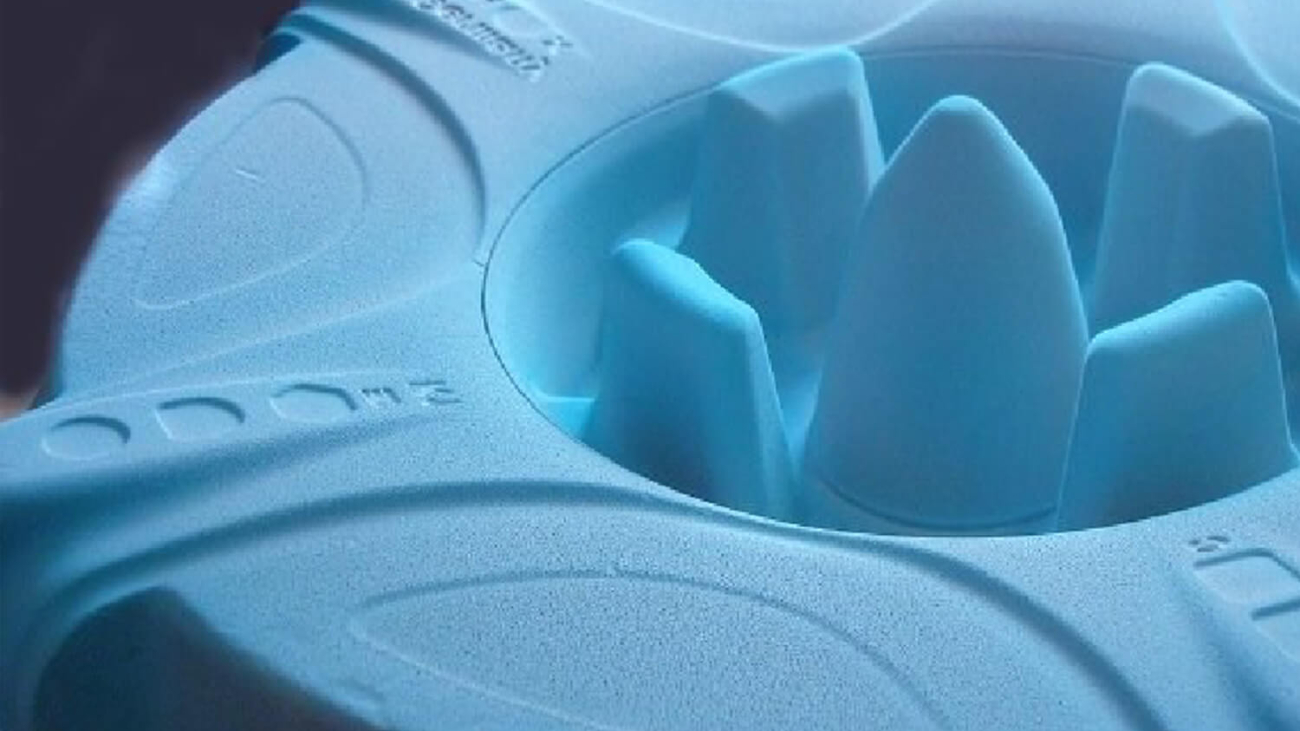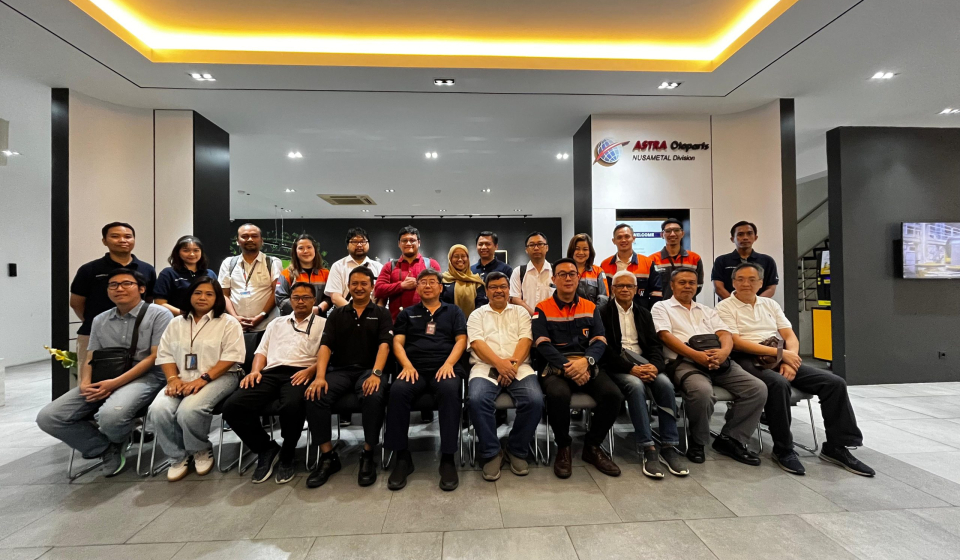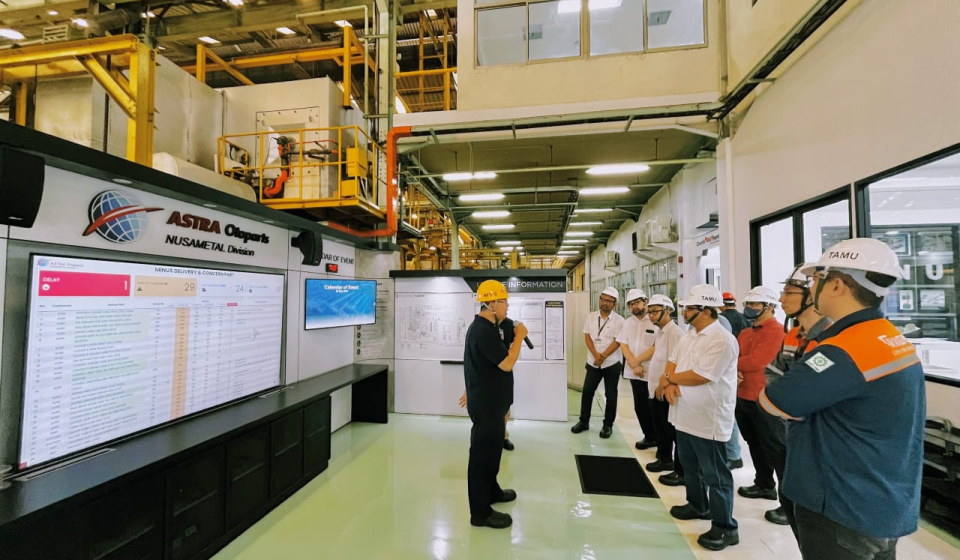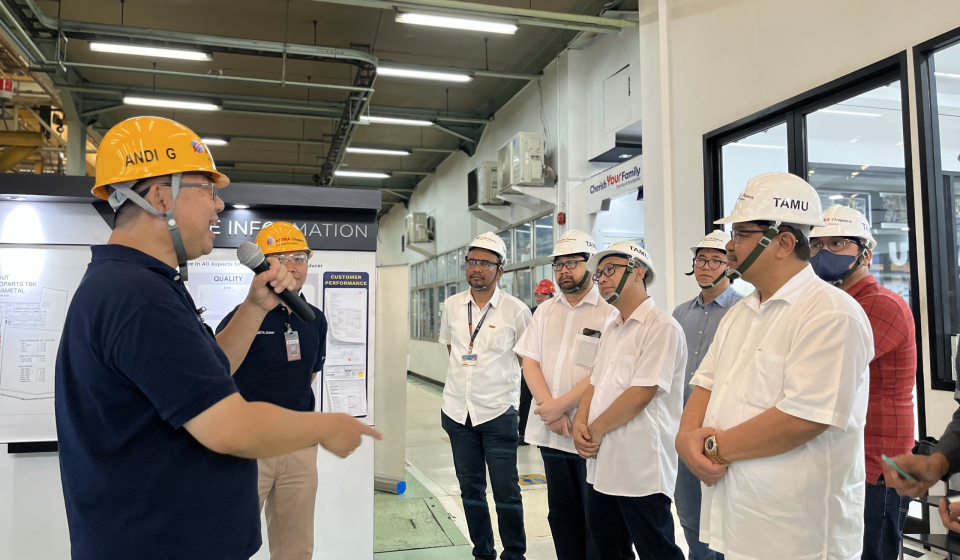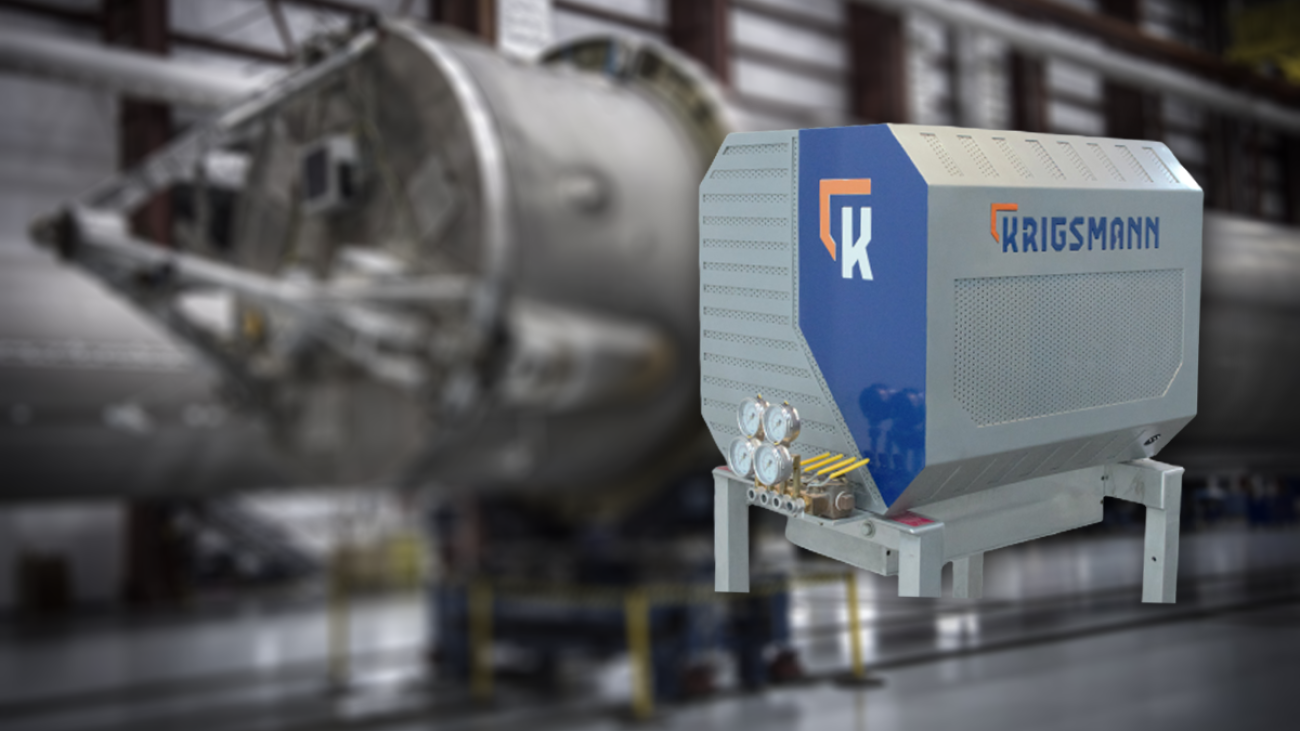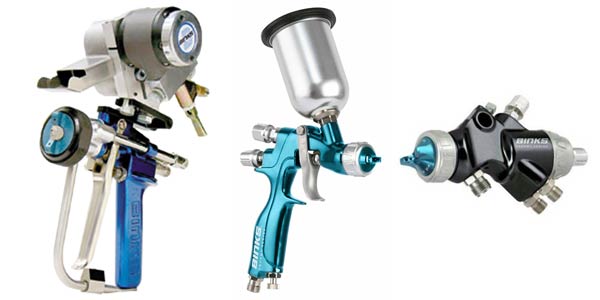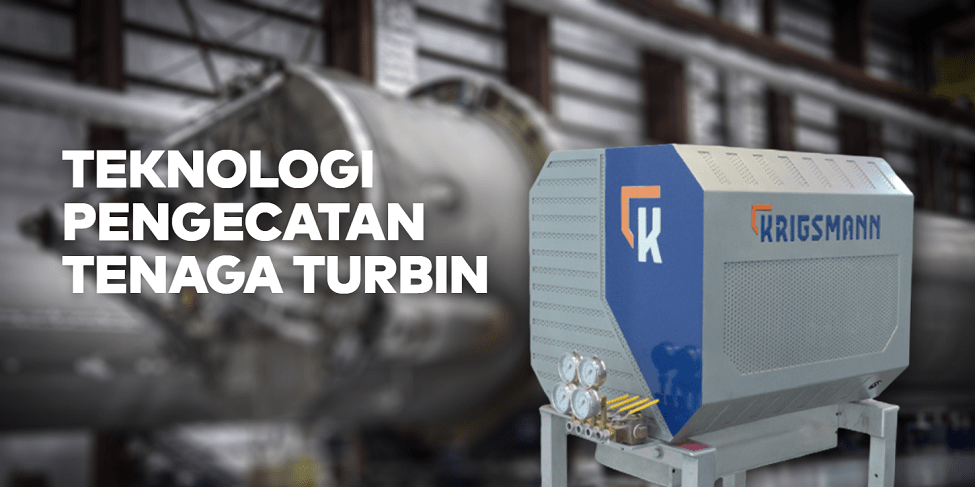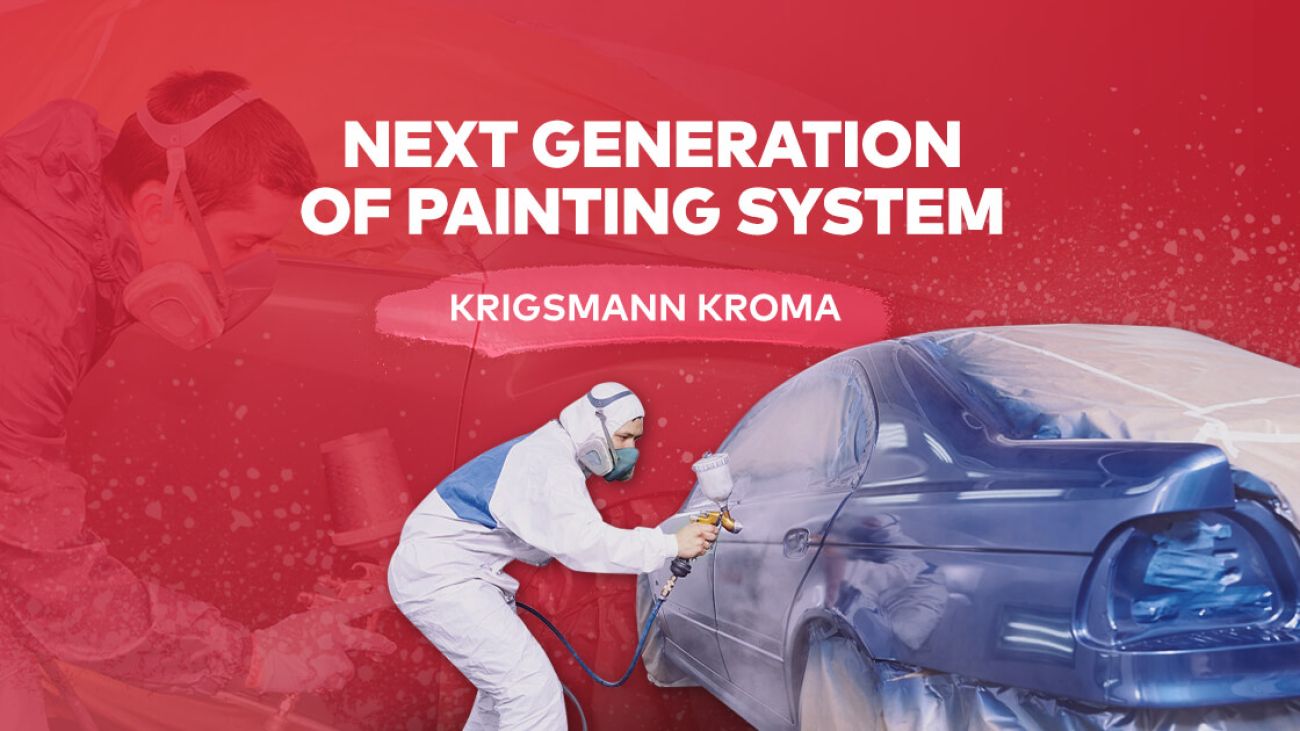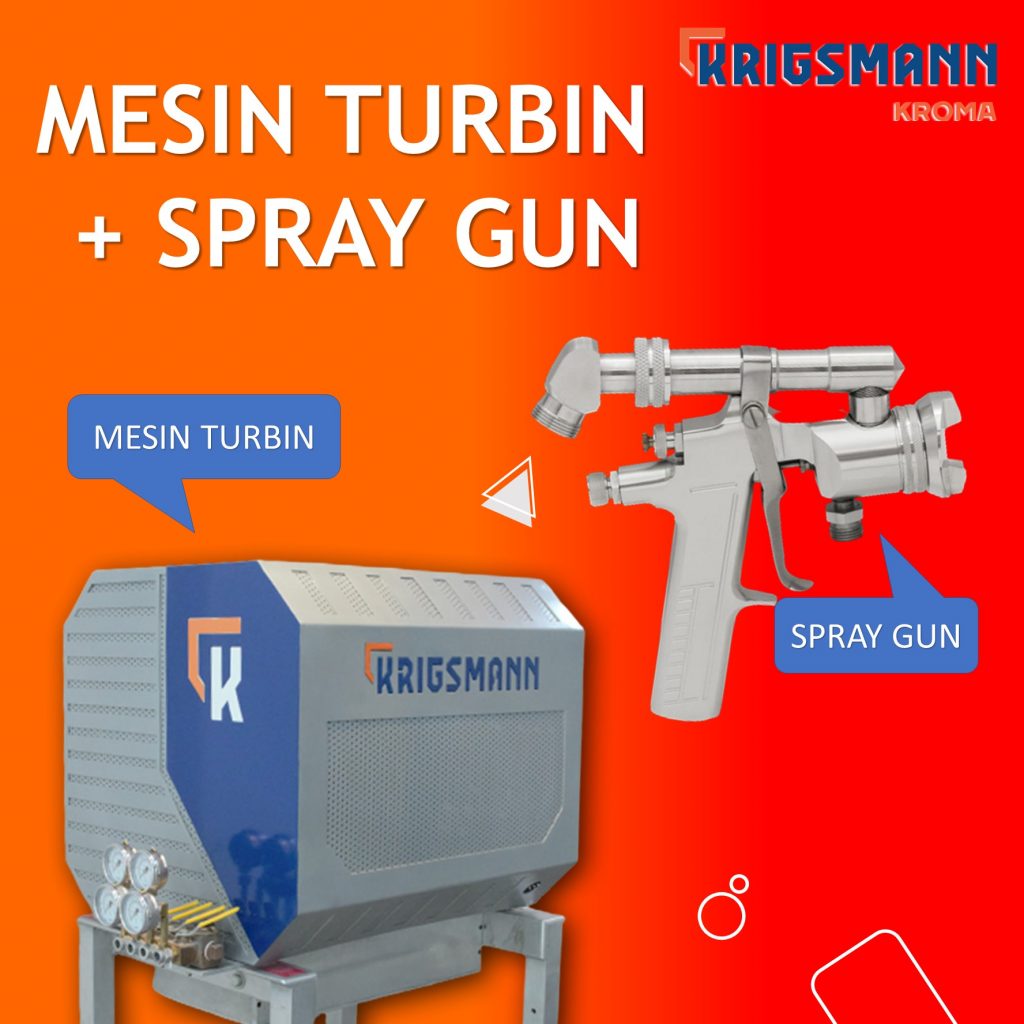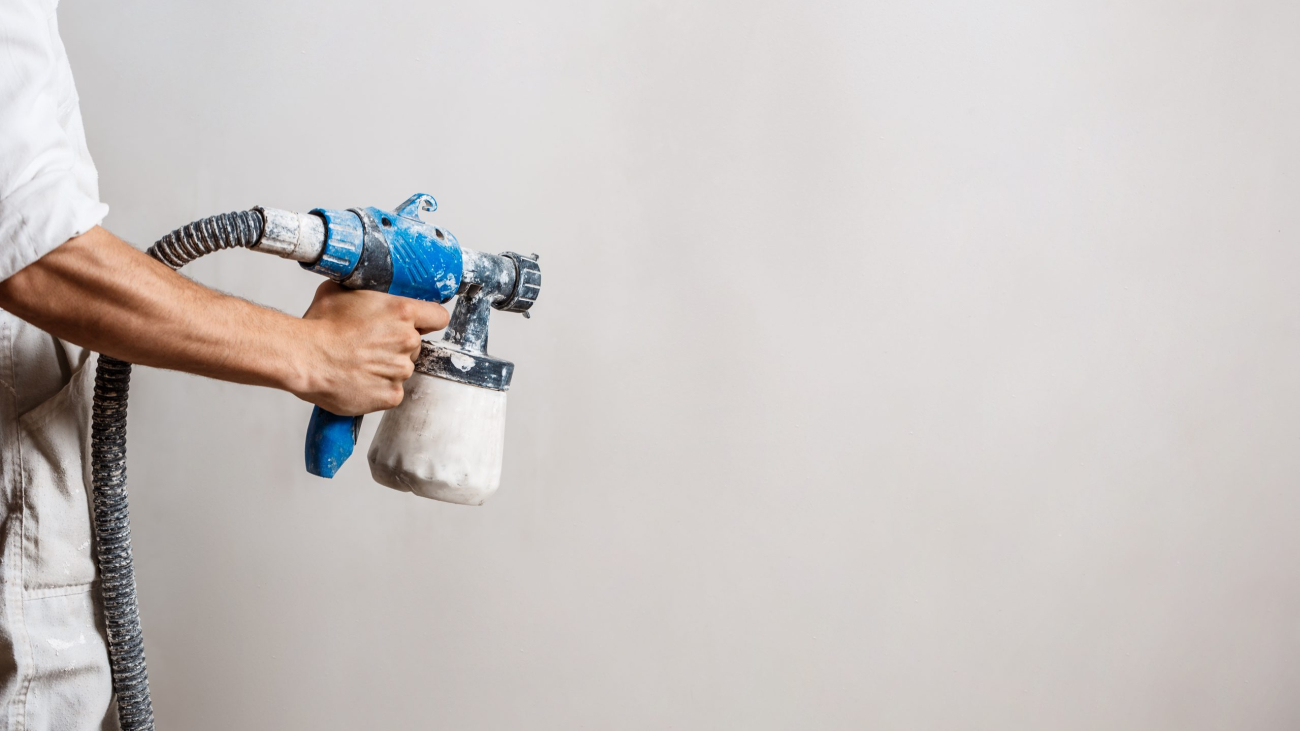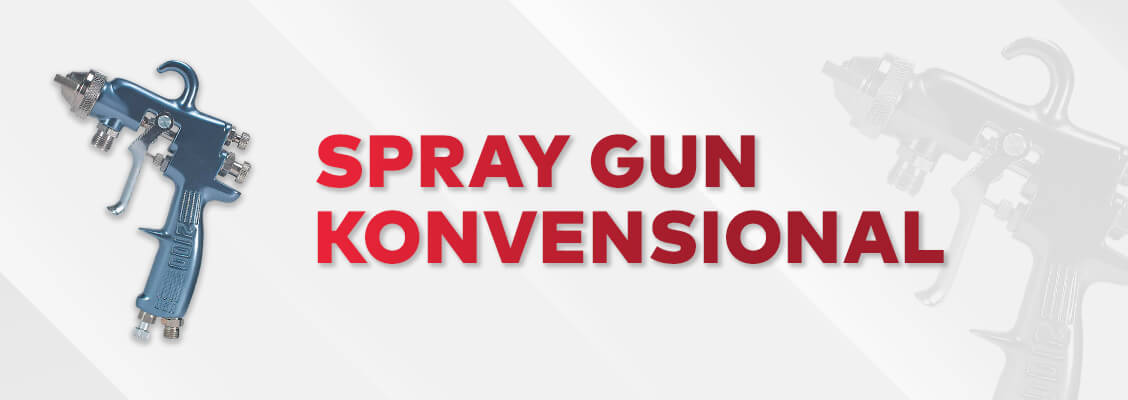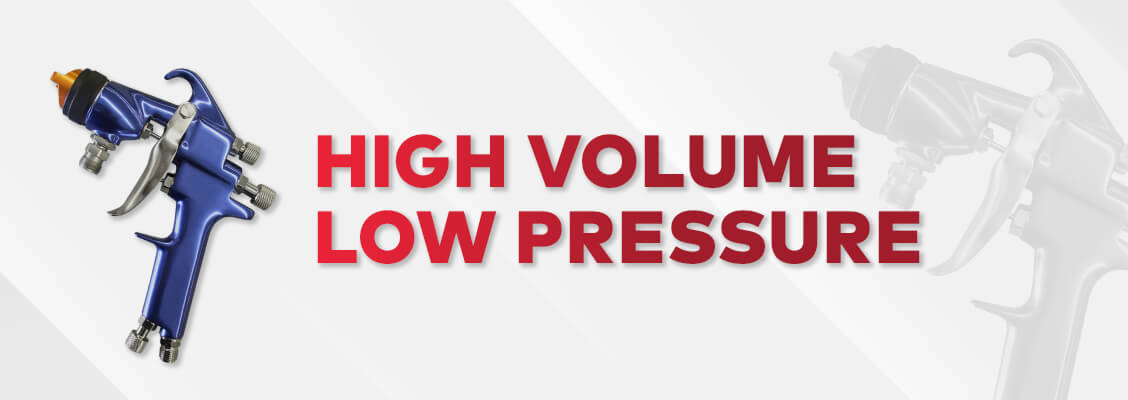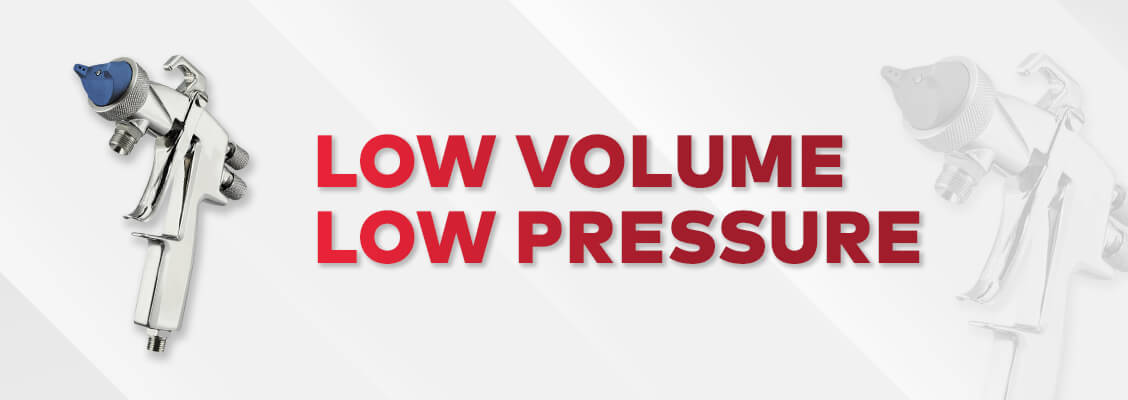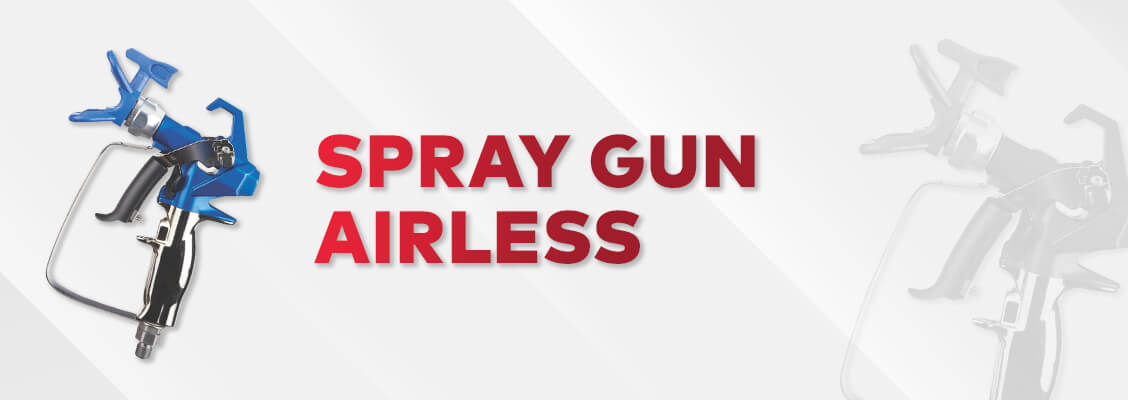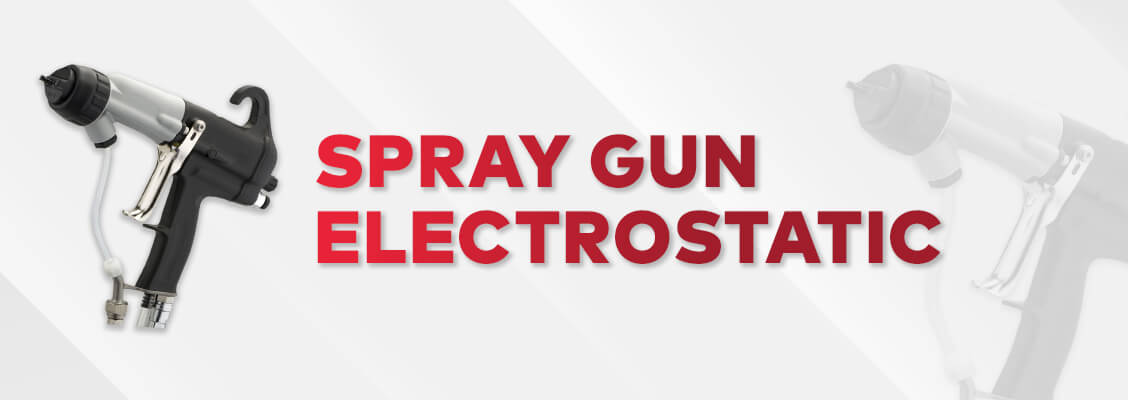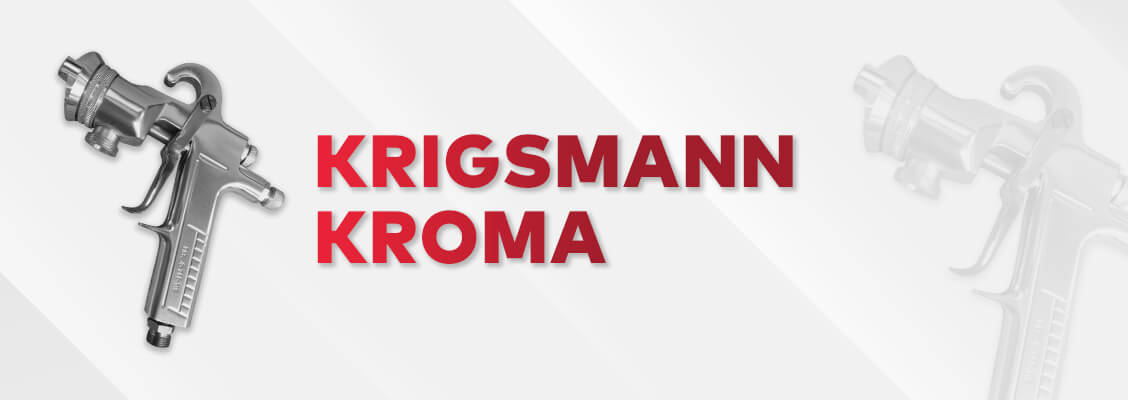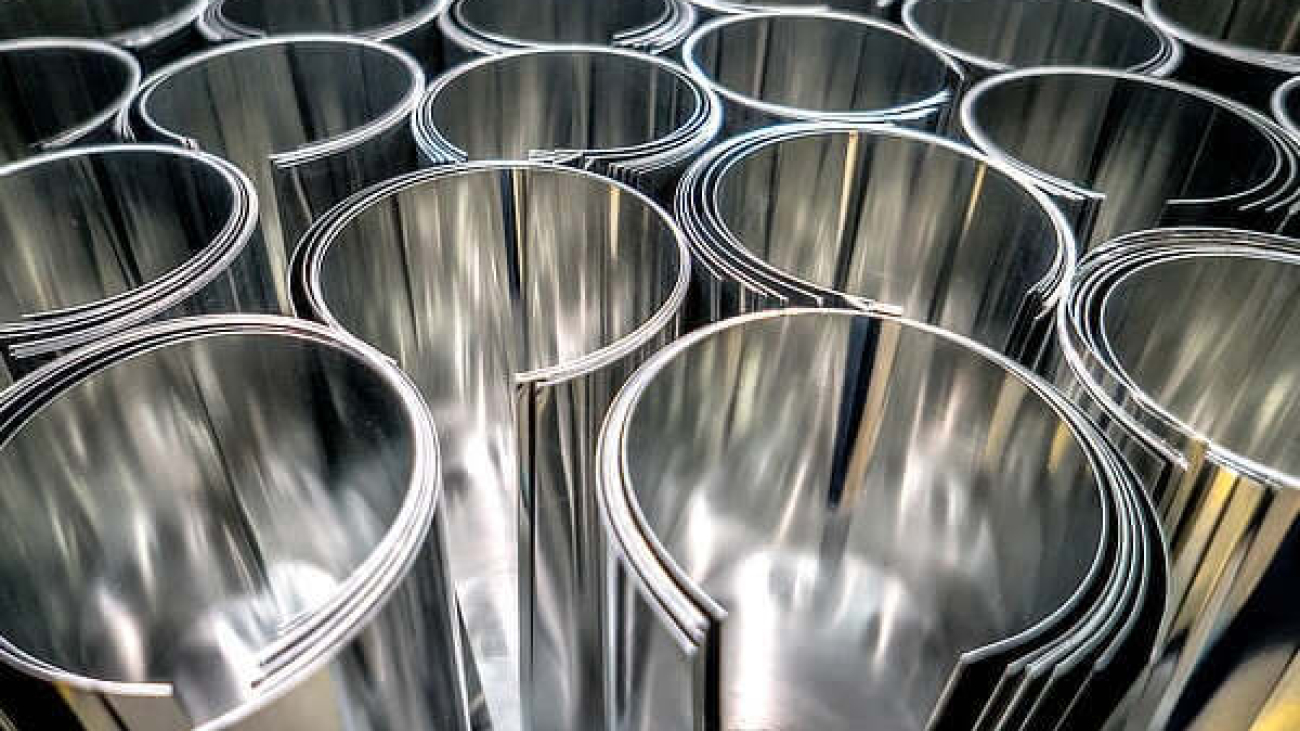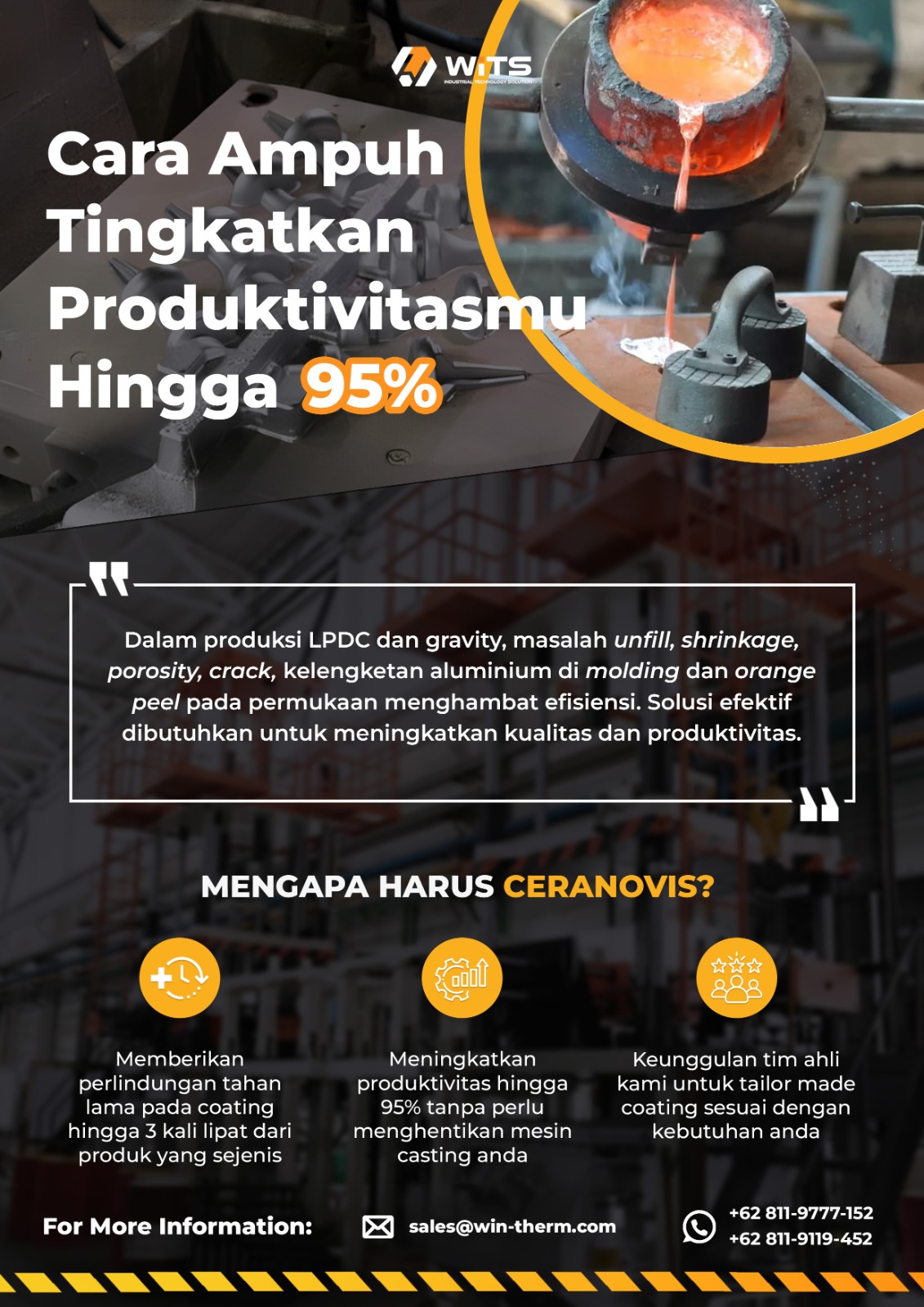
Addressing Common Issues in LPDC and Gravity Casting Production with Ceranovis
Low Pressure Die Casting (LPDC) and gravity casting are commonly used methods in the metal casting industry. Despite their efficiency, these methods often face several challenges that can hinder productivity and product quality. The common issues include:
- Unfill: Occurs when the mold is not completely filled with molten metal, resulting in hollow and defective products.
- Shrinkage: Happens when the metal cools and contracts, causing the product to be smaller than the desired size.
- Porosity: Occurs when there are air bubbles within the metal, making the product brittle and prone to breaking.
- Crack: Happens when there are cracks on the surface of the product, reducing its durability.
- Aluminum sticking to the mold: Occurs when aluminum adheres to the mold, making it difficult to release and potentially damaging the mold.
- Orange peel: Happens when the product surface is uneven and wavy, resembling the texture of an orange peel.
Effective Solutions with Ceranovis
Ceranovis provides an effective solution to enhance the quality and productivity of LPDC and gravity casting production. Ceranovis is a durable coating that protects molds from heat, abrasion, and oxidation. It also helps reduce issues such as unfill, shrinkage, porosity, cracks, aluminum sticking to the mold, and orange peel.
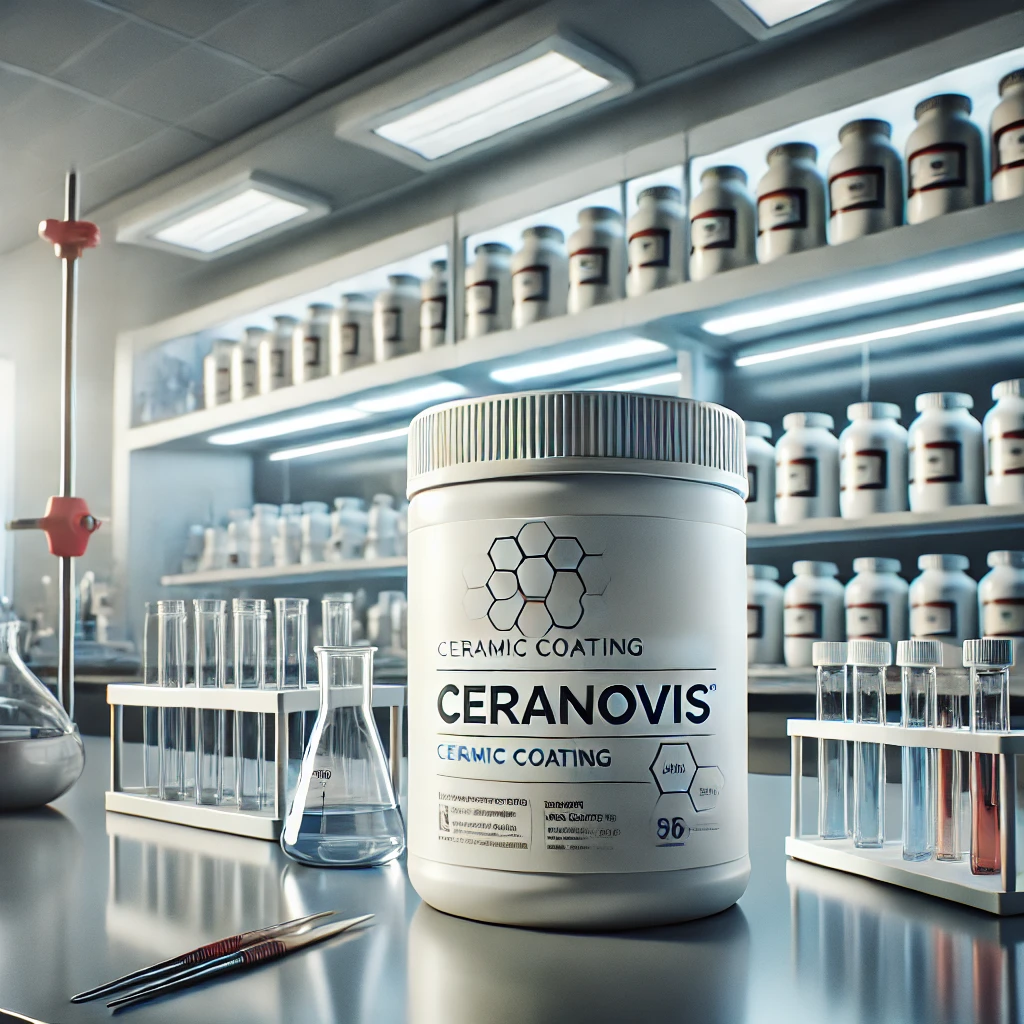
Benefits of Using Ceranovis
Ceranovis offers numerous benefits for LPDC and gravity casting producers, including:
- Increasing productivity by up to 95%
- Reducing waste and rework
- Extending mold life
- Improving product quality
- Lowering production costs
How Ceranovis Enhances LPDC and Gravity Casting
1. Enhancing Mold Filling: Ceranovis ensures that the molten metal flows smoothly and completely fills the mold, preventing unfill and resulting in a more precise and defect-free product.
2. Reducing Shrinkage: By providing a uniform cooling process, Ceranovis minimizes the risk of shrinkage, ensuring the final product retains its intended size and shape.
3. Minimizing Porosity: Ceranovis reduces the formation of air bubbles within the metal, leading to a denser, stronger product that is less likely to break.
4. Preventing Cracks: The coating’s protective properties help prevent surface cracks, enhancing the durability and longevity of the cast products.
5. Preventing Aluminum Sticking: Ceranovis creates a barrier between the aluminum and the mold, making it easier to release the cast and reducing the risk of mold damage.
6. Smoothing Surfaces: Ceranovis ensures a smooth, even surface on the finished product, eliminating the orange peel effect and improving the product’s aesthetic appeal.
Conclusion
Implementing Ceranovis in LPDC and gravity casting processes can significantly improve the quality and efficiency of production. With its protective and enhancing properties, Ceranovis addresses common casting issues and offers substantial benefits, making it a valuable investment for producers aiming to optimize their operations and deliver superior products. By leveraging Ceranovis, manufacturers can achieve higher productivity, reduced waste, extended mold life, and enhanced product quality, ultimately leading to lower production costs and increased profitability.

